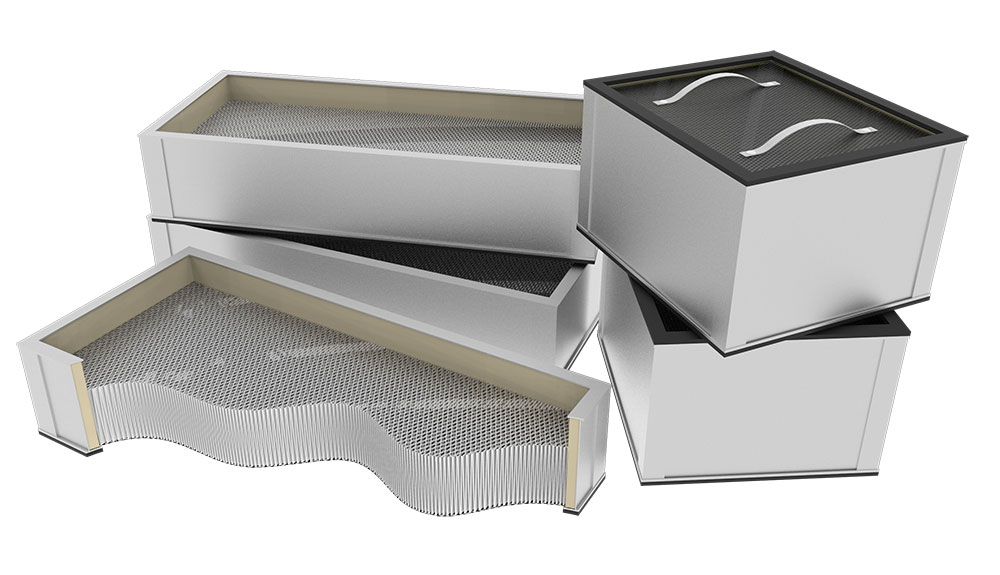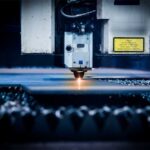The Essential Guide to Fume Extractor Technology and Functionality
Maintaining a safe and healthy work environment cannot be overstated in industrial settings where hazardous fumes, gases, and particles are prevalent. Fume extractors are indispensable for ensuring worker safety by effectively removing airborne contaminants. Let’s dive into a detailed analysis of how fume extractors work, dissecting the functions of each component within these essential machines.
The Need for Fume Extraction
Industrial processes such as laser cutting, welding, soldering, and printing work can release harmful substances into the air, including toxic gases, volatile organic compounds (VOCs), and particulate matter. These airborne contaminants pose significant health risks to workers, ranging from immediate respiratory irritation to long-term health complications such as respiratory diseases and cancer. Fume extraction becomes imperative in these environments to effectively mitigate these risks and maintain a safe working environment conducive to the well-being of all personnel involved.
Components of a Fume Extractor
Hood
The hood is at the heart of every fume extractor, a specially designed enclosure that captures airborne contaminants at their source. Hoods come in various shapes and sizes to accommodate different applications, ensuring efficient containment of fumes and preventing their dispersion into the workspace.
Some hoods may be built directly into the equipment. An example would be an enclosed laser cutting machine like a Boss Laser. Enclosed laser-cutting machines help keep the fumes from drifting into an open room, thus making it easier for the fume extractor to collect and clean the air.
In other applications, such as welding, the hood may be a movable arm with an entryway designed to be placed close to the source of fumes. For example, the Filtrabox Weld-R has an 8” entry with a cone-shaped head to accommodate flexibility and maneuverability.
While the previous examples are very different, they both fall into the category of being a hood that prevents harmful gases from escaping to the rest of the work environment.
Fume Extractor Ductwork
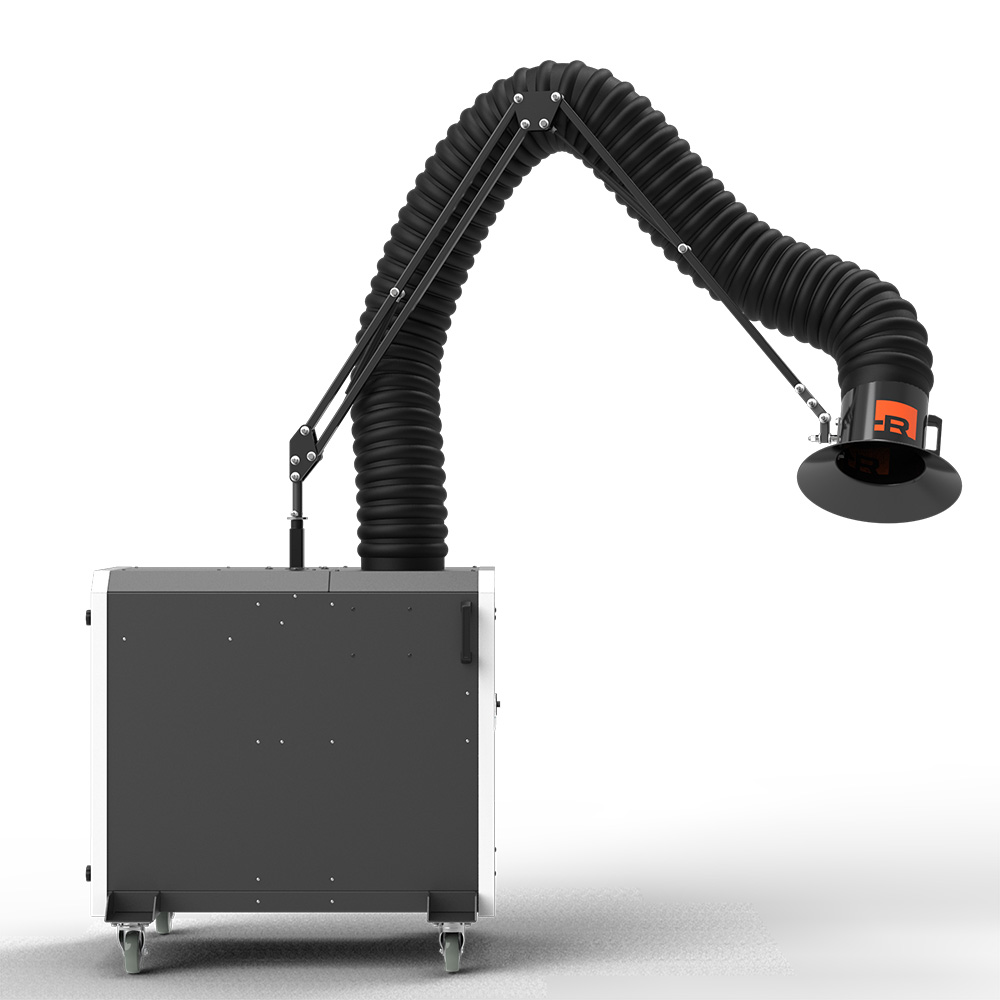
Ductwork is the conduit through which contaminated air is transported from the hood to the extraction unit. It is crucial in maintaining proper airflow and directing pollutants away from the workspace. Ductwork must be appropriately sized and configured to minimize resistance and ensure efficient extraction.
Your extraction unit must have a powerful enough motor to handle the length and diameter of the ductwork you are using. Filtrabox products are engineered to handle all kinds of ductwork setups, but if you have questions about which unit is right for your setup, contact us today.
Extraction Unit
The indoor fume extractor unit is expertly designed to purify the air, housing an advanced fan and filtration system. This sophisticated unit is strategically situated within the workspace, ensuring a clean, contaminant-free indoor environment. By generating a controlled negative pressure, it effectively draws in air, passing it through the hood and into the ductwork, thereby capturing and removing airborne contaminants with precision and efficiency.
Filtration System
The filtration system consists of various filters designed to capture different types of contaminants present in the air. These should include particulate, activated carbon, and high-efficiency particulate air (HEPA) filters.
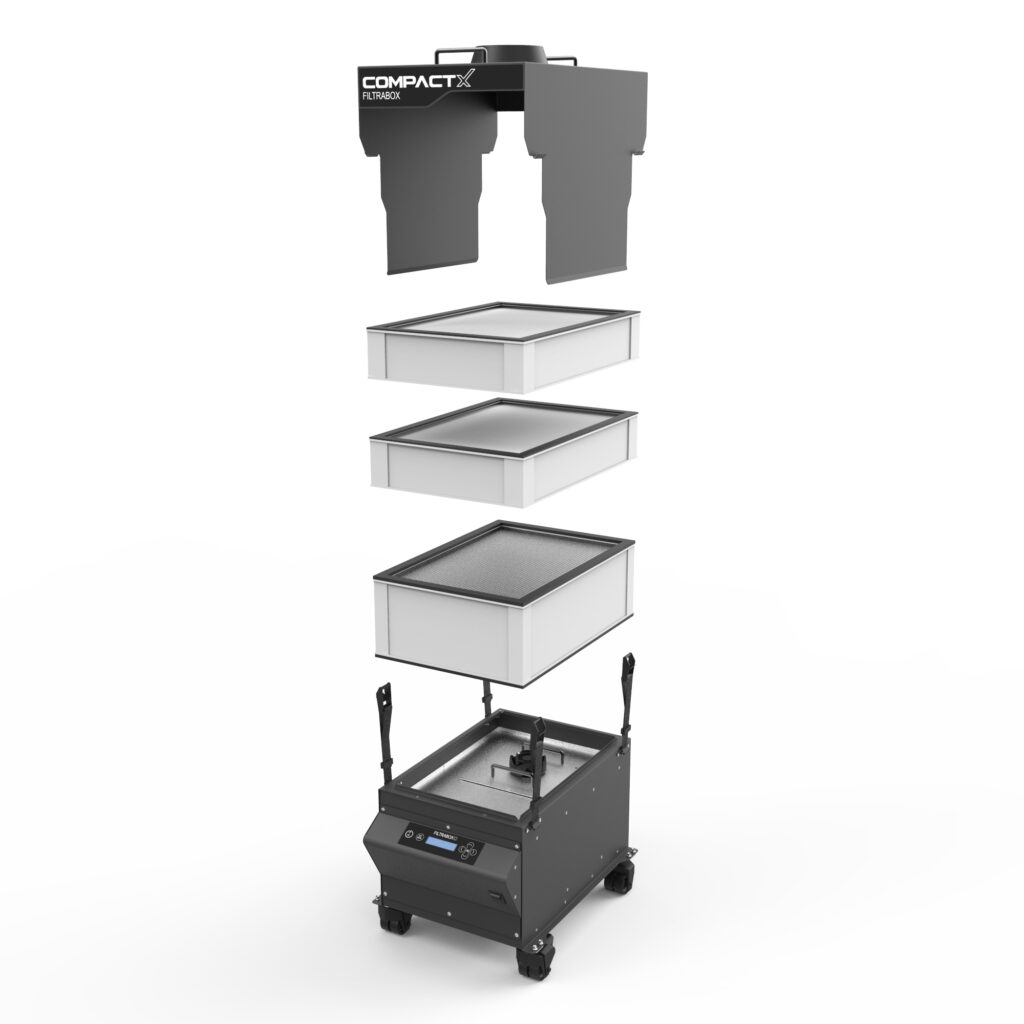
- Particulate Filters: These filters are specifically designed to capture solid particles, such as dust, pollen, mold, and other allergens in the air. Utilizing a mesh of fibrous material, particulate filters physically trap these particles, preventing them from recirculating back into the environment. The efficiency of these filters depends on the size of their pores, which determines the size of particles they can trap. They are essential in environments where air quality is crucial, effectively reducing particulate pollution and enhancing indoor air clarity.
- Activated Carbon Filters: Activated carbon filters absorb gases and volatile organic compounds (VOCs), common in fumes, odors, and chemical emissions. These filters use a bed of activated carbon, a form of carbon processed to have tiny, low-volume pores that increase the surface area available for adsorption. Through chemical adsorption, these filters trap gas molecules within the pores of the activated carbon, effectively removing them from the air. They are particularly useful in settings where odor control and removing chemical fumes are priorities.
- HEPA Filters: High-efficiency particulate Air (HEPA) filters are renowned for capturing extremely fine particulate matter and microorganisms. These filters comprise a dense mat of randomly arranged fibers, typically made from fiberglass. The key to their effectiveness lies in their ability to trap particles as small as 0.3 microns with a 99.97% efficiency. This makes HEPA filters highly effective against smoke, dust, mite debris, pet dander, bacteria, and viruses. As a result, the exhaust air passing through a HEPA filter is clean and safe, making these filters indispensable in industrial applications where toxic gases can be released into the air from various jobs.
Operating Principle
The operation of a fume extractor can be summarized in several key steps:
- Contaminant Capture: The hood is strategically positioned to capture airborne contaminants generated during industrial processes. Its design ensures efficient containment of fumes, preventing them from escaping into the surrounding environment.
- Airflow Control: A fan within the extraction unit creates negative pressure, drawing contaminated air through the hood and into the ductwork. Proper airflow control is essential for maintaining optimal extraction rates and preventing the buildup of pollutants within the workspace.
- Filtration: As contaminated air passes through the ductwork, it encounters various filters designed to capture different pollutants. Particulate filters remove solid particles, while activated carbon filters absorb gases and VOCs. HEPA filters provide an additional layer of filtration, capturing fine particulate matter and microorganisms with high efficiency.
- Clean Air Exhaust: Once contaminants are removed, the filtered air is safely recirculated into the environment. This ensures that the air within the workspace remains clean and free of harmful pollutants, protecting the health and safety of workers.
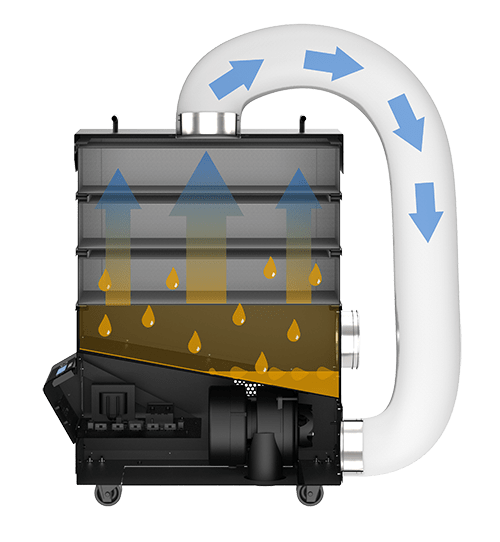
Types of Fume Extractors
Fume extractors come in several types, each suited to specific applications and environments:
- Ducted Fume Extractors: These are connected to an external ventilation system via ductwork, allowing contaminated air to be expelled directly outside the workspace. Ducted fume extractors are suitable for applications where large volumes of air need to be extracted or external venting is feasible.
- Ductless Fume Extractors: Also known as recirculating or filtered fume extractors, ductless units use filtration systems to remove contaminants from the air before recirculating it back into the workspace. They are ideal for situations where external venting is impractical or where ductwork installation is cost-prohibitive. Here is a list of the Filtrabox’s Ductless Systems:
- Portable Fume Extractors: These compact units are designed for flexibility, allowing them to be easily moved between different workstations or locations. They are commonly used when localized fume extraction is required, or mobility is essential. Almost all of the Filtrabox lineup is considered portable with its compact size and industrial casters.

- Wet Scrubbers: Wet scrubbers utilize water or other liquid solutions to capture and neutralize airborne contaminants. They are particularly effective for removing corrosive gases and particulate matter from industrial exhaust streams, offering an alternative to traditional filtration-based systems. A downside of using wet scrubbers in fume extraction is their tendency to produce wastewater that requires proper treatment and disposal. This can add complexity and cost to the operation, as the contaminated water must be managed according to environmental regulations to prevent pollution.
Factors Influencing Performance
Several factors can impact the performance and efficiency of a fume extractor:
- Hood Design: The design and positioning of the hood are critical for ensuring effective capture of contaminants at their source. Proper hood sizing and placement relative to the pollution source are essential for optimal performance. PAT Technology has extensively tested its fume extractors with various laser manufacturers to ensure proper airflow with their existing hood systems.
- Airflow Rate: The rate at which air is drawn through the extraction system directly influences its effectiveness at removing contaminants. Adequate airflow must be maintained to prevent the buildup of pollutants within the workspace and ensure efficient extraction.
- Filtration Efficiency: The quality and type of filters used in the extraction system determine its ability to remove specific contaminants from the air. Regular maintenance and replacement of filters are necessary to ensure continued effectiveness and prevent the release of pollutants into the environment.
- Contaminant Characteristics: The type and concentration of contaminants in the air can vary depending on the industrial process. Fume extractors must be designed and configured to handle the specific pollutants encountered in a given environment, ensuring optimal performance and worker safety.
Importance of Regular Maintenance
Proper maintenance is essential for ensuring fume extractors’ continued effectiveness and safety. Routine inspections, filter replacements, and cleaning procedures are necessary to prevent the buildup of contaminants, maintain optimal airflow rates, and extend the lifespan of the equipment. Neglecting maintenance can result in reduced performance, increased energy consumption, potential health hazards for workers, higher operating costs, and a shorter equipment lifespan, ultimately undermining workplace safety and productivity. Therefore, a comprehensive maintenance program is vital for maximizing fume extraction systems’ efficiency and longevity, thereby safeguarding worker health and operational integrity.
Fume extractors are crucial in safeguarding worker health and maintaining a safe working environment in various industries. By effectively removing airborne contaminants, these systems help mitigate the risks associated with exposure to hazardous fumes, gases, and particles. Understanding the inner workings of fume extractors and the function of each component is essential for ensuring their effective operation and continued effectiveness in protecting human health and the environment.
If you have questions about the Filtrabox lineup of fume extractors, contact us today!


